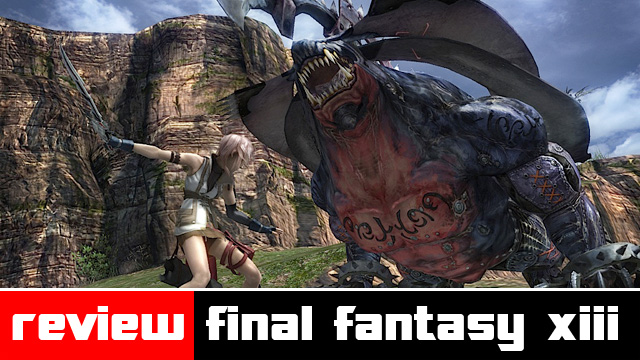
“Final Fantasy XIII is absolutely a satisfactory game, dampened only by its focus on being bigger than it needed to be.”
When Final Fantasy XIII was first announced eons ago, and unbelievable images of spectacular battle scenes and flawless character animation were shown, my mouth dropped low enough to puncture every level of Dante’s Inferno (the book, not the game). As a fan of the series since its NES-fueled inception, I had been anticipating the “next gen” Final Fantasy since the today’s consoles were announced. It appeared that this would be the be-all, end-all RPG that I’ve always wanted.
That was over 4 years ago. It is now 2010, and the videogame landscape has vastly changed.
Final Fantasy XIII hasn’t.
After months of grinding through futuristic alien worlds and battling bazooka-wielding soldiers with divining rods and brass knuckles, I’ve come to a realization about Square Enix’s latest adventure: Final Fantasy XIII was late to its own party.
That’s not a bad thing, mind you, but it is perhaps an accurate way to describe this digital epoch. FFXIII is designed to be the biggest, best, “all things to everyone” RPG ever made, much like the console that the game was originally designed for. The PS3 was initially marketed as a mysterious monolith that would usher in the BluRay era, revolutionize digital content, and offer gaming experiences unlike any ever had before. Final Fantasy was the centerpiece of that promise, as Final Fantasy VII was to the original Playstation.
The only problem was that the PS3’s success was hurt early on by horrible leadership decisions, causing gamers to migrate to the XBox 360 and Wii in droves. Final Fantasy XIII, still in development for a Playstation that was saturated in its heritage, allowed RPGs like Mass Effect and Fallout 3 and visual behemoths like Gears of War and Bioshock to catch up and even lead with their own unique experiences. Its promises of wonderful visuals, epic storyline, and intense action had become the norm. Once the videogame leader, the game was falling behind the competition.
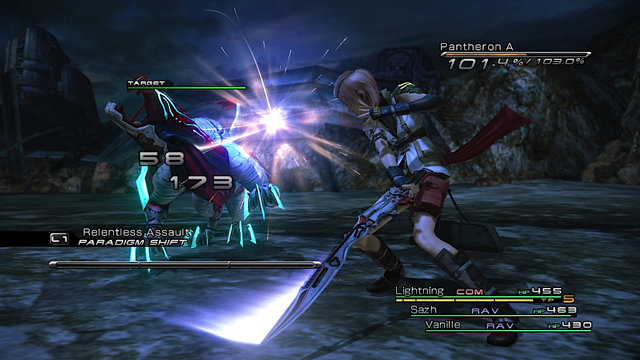
Let me backtrack before I go any further and reiterate: That’s not a bad thing. As much as the game is comprised of promises that don’t quite connect, it is the other details of the game that prove more than successful.
From the onset, you can tell that the game is meant to be something special. It is easy to be absolutely floored by the visuals as they’re so beautiful, so meticulously (ridiculously?) detailed that they’re almost overwhelming. Unfortunately, the game moves so fast that it can be impossible to stop and enjoy any of it. The characters are constantly running from point A to point B, with little in the way of sightseeing except for opening up the random treasure chest and taking part in battles.

Later on, when time finally stands still long enough on Gran Pulse, the incredible scenery takes center stage. Wonderful creature design, with massive beasts (some even visible in the distance towering over mountains), provides memorable battles and adventuring. Though grinding became the norm for several hours, I welcomed seeing the animation of feral wolves and behemoths set amidst the ever-expanding fields full of sand, forest, and crystals. What really comes to life here is the importance of the worlds, Cocoon and Gran Pulse, as characters in their own right. Cocoon plays the part of the technologically advanced teenager, with a linear path design that mimics Tokyo’s bright lights and big city. Gran Pulse portrays the weathered story-telling grandfather, allowing open-world travel completely devoid of linear travel. The world was clearly modeled after Australia’s Outback, allowing for nature, instead of man, to determine the order of things.
Final Fantasy XIII’s storyline choice isn’t the series’ typical apocalyptic love story. The end of the world is secondary to the interaction between the six main characters. Much like the structure of TV show LOST, the characters’ pasts are linked together and told through a series of flashbacks that affect their actions. The end game isn’t about saving the world; it’s about developing the characters and their backstories to the point where we understand their motivations completely. No matter what happened on the screen, the story was always advancing. It feels much like an FPS at times, with its linearity designed to keep us moving along and avoiding sometimes time-consuming deviation like unnecessary grinding.
The protagonists may be stereotypical, but that isn’t unexpected. The women in the game, Lightning, Vanille and Fang, are extremely well-developed. Though the acting for Vanille is sub-par, her inability to judge outcomes and over-trusting fate causes her character to be surprisingly important. It is her mistakes that cause the other characters to find both failure and salvation.
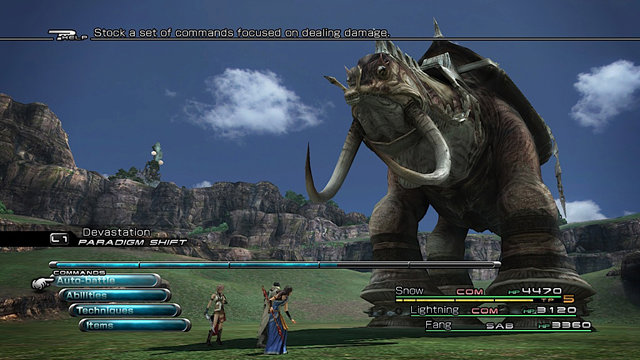
At least, that’s what the developers wanted. With such a fast-paced story and emphasis on growth of the heroes, the game misses out on developing the enemies. I never get to really “hate” Barthandeleus as an enemy. In fact, none of the enemies become hated because they don’t appear enough through the game. The focus on the heroes, while great for developing our relationship to them, does injustice in progressing our goal of saving the world. It also causes a strange “rubber band effect” in the game’s pacing. The scenes shift from action-packed to mellow, and back again, sometimes even filling the plot with unnecessary climaxes. It doesn’t help that the heroes spend 80% of the story not knowing what they have to do next. All too often, the only answer to their self-questioning about their ultimate goal was “I don’t know. We just need to go forward.”
The non-traditional plot development highlights the element of the game that is far and above the most intriguing: the battle system. The Paradigm system may be the best turn-based battle mechanic… maybe ever. They feel highly tactical, with each choice I make having a direct impact in the outcome of the battle. Even little things like using potions to replenish HP or casting buff spells were methodical endeavors. This may be more like a strategy RPG than a turn-based one. It is such a good mechanic, that it is worth playing the game for, regardless of the character development or visuals. Square would be wise to use it in future games as it doesn’t really come into its own until the second half of the game.
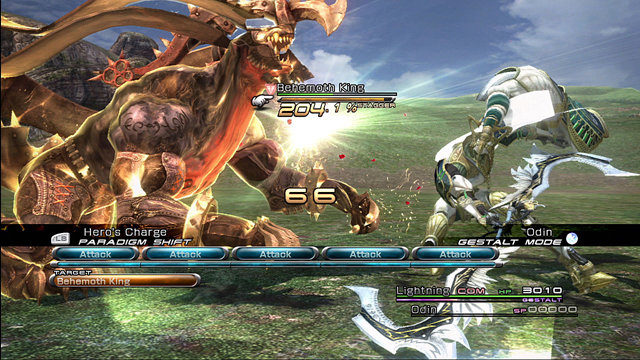
Final Fantasy XIII is absolutely a satisfactory game, dampened only by its focus on being bigger than it needed to be. The game is still a remarkable experience, with a focus on the development of the heroes reminiscent of great TV, visuals that rival Avatar, and a battle system that is enjoyable beyond comparison. If only the pacing were better and the apocalyptic plot realized with more emphasis on a final objective, the game would be a benchmark for this generation. And, it still is, just maybe not in the way that we were expecting it to.
This review is based on a copy of the game for the Playstation 3 purchased by the reviewer. The game’s story was fully completed, and some extra time was spent afterwards returning to the overworld for sidequests.


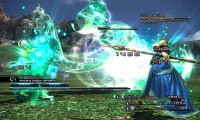
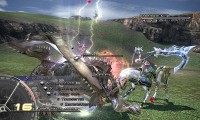
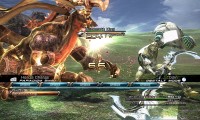
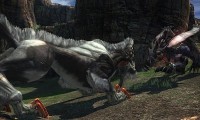
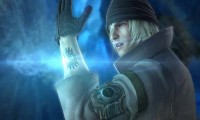
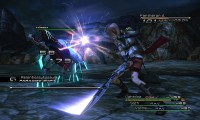
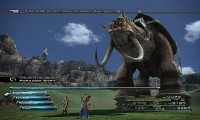
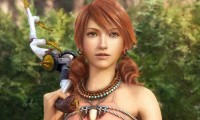
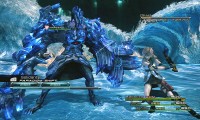
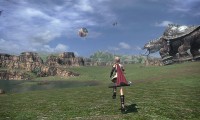
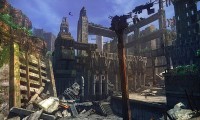
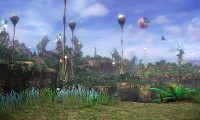

2 Comments